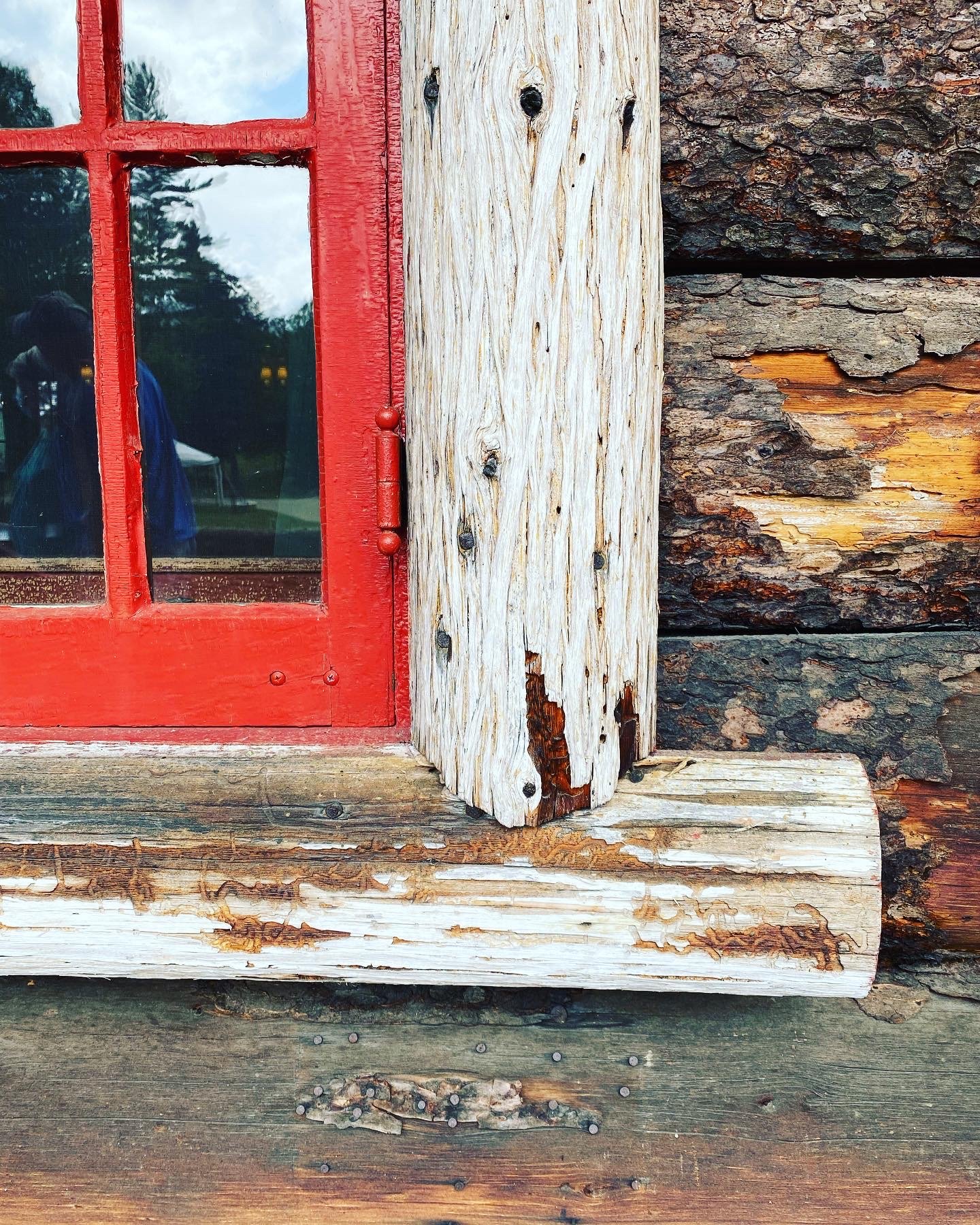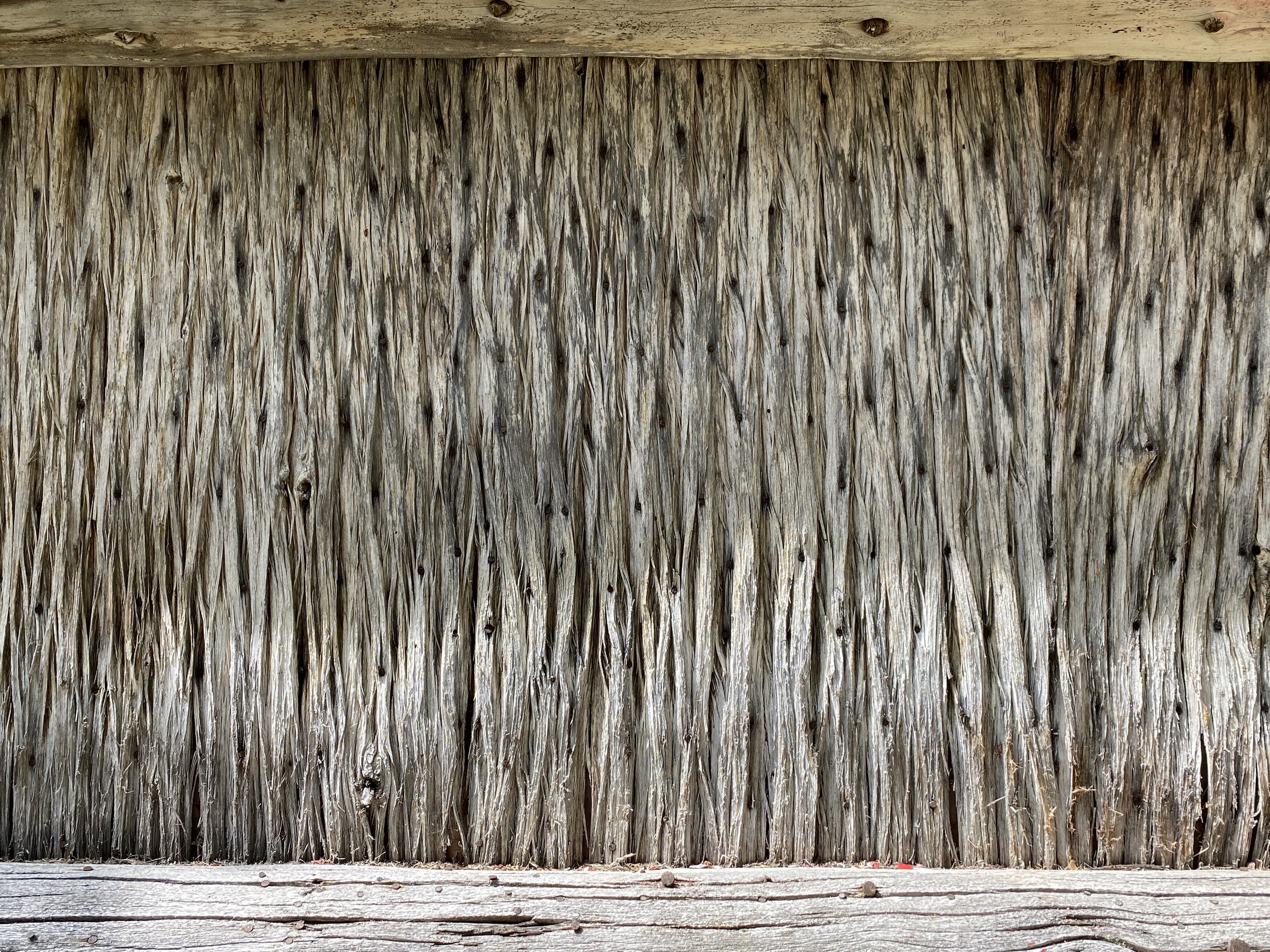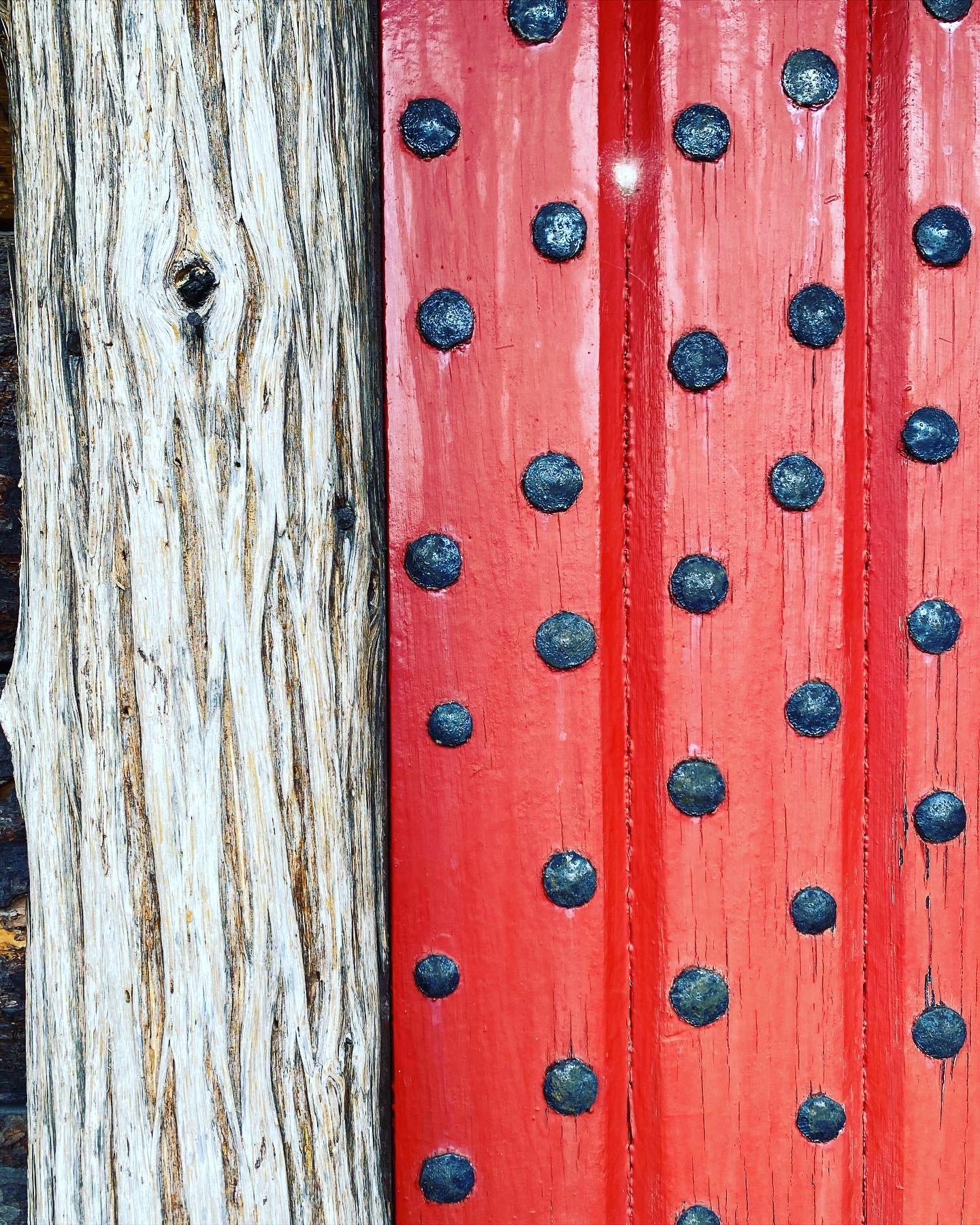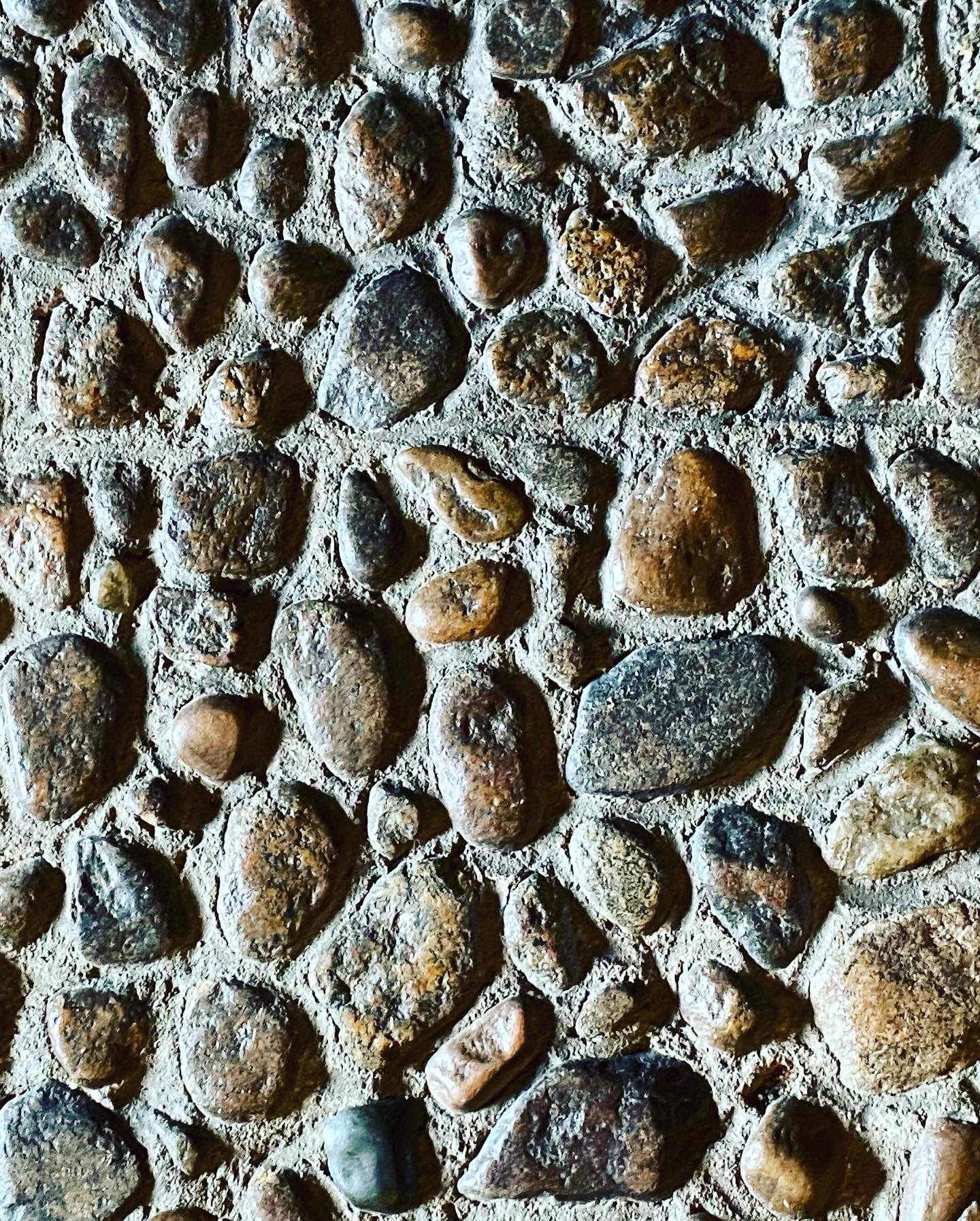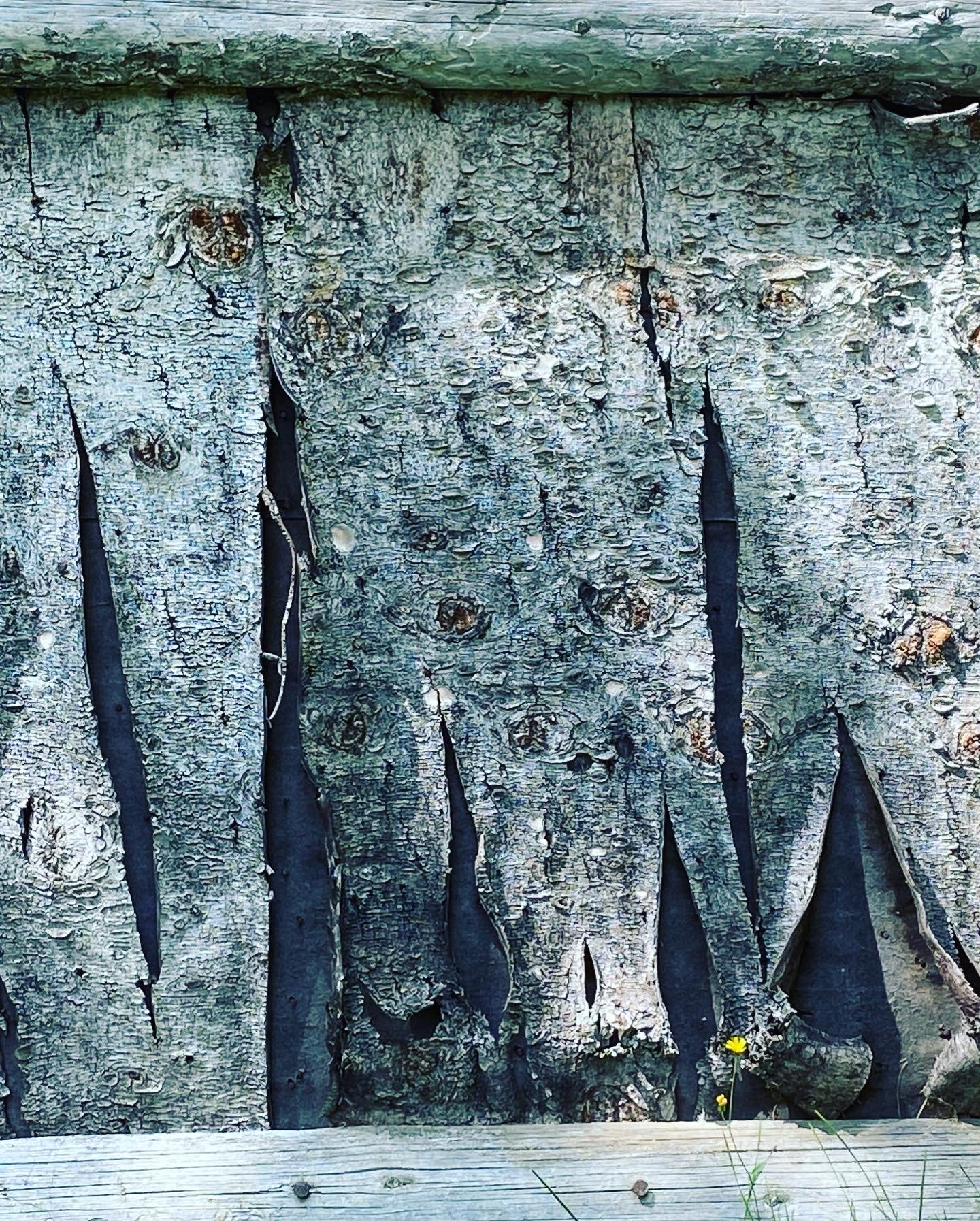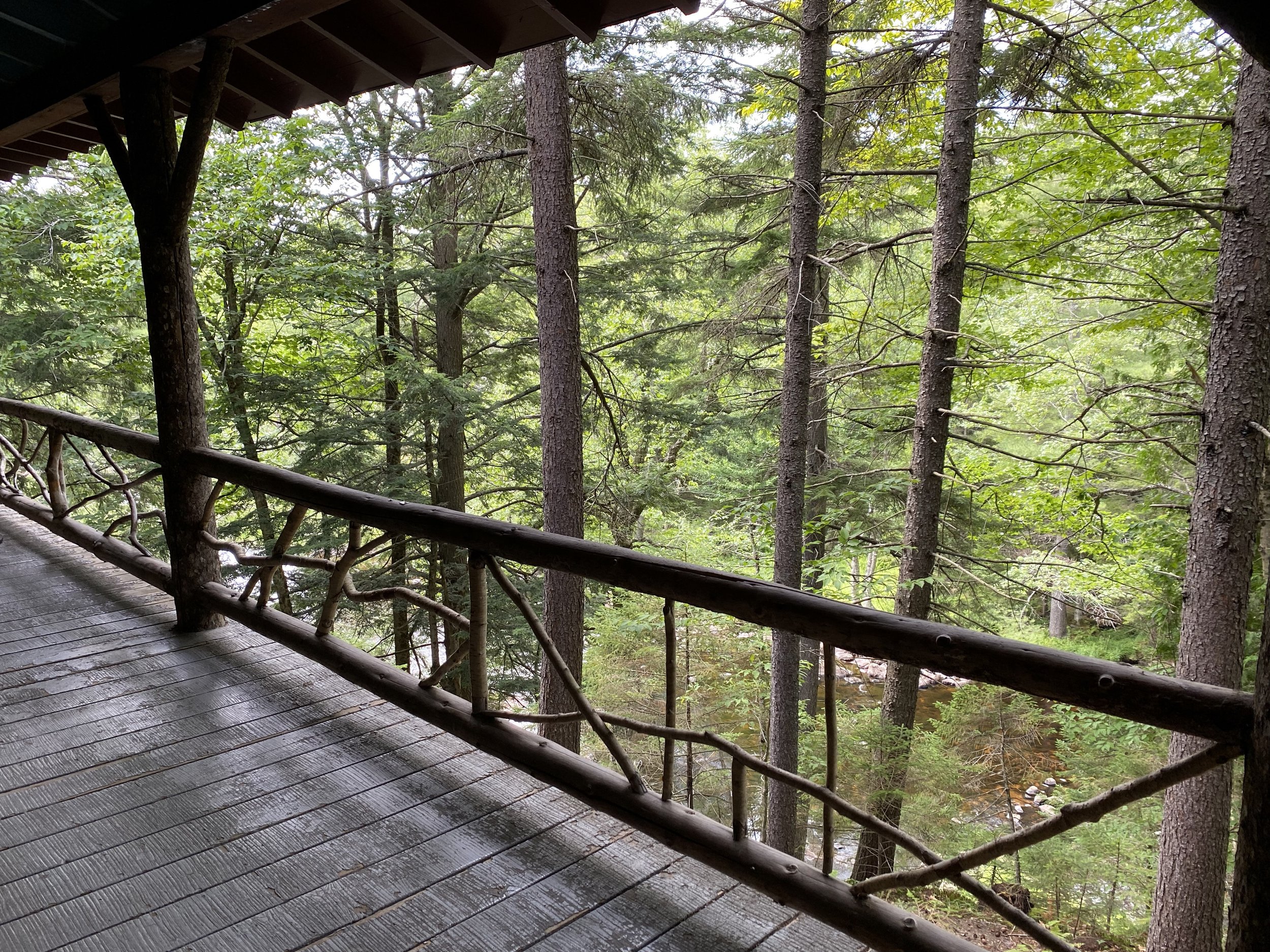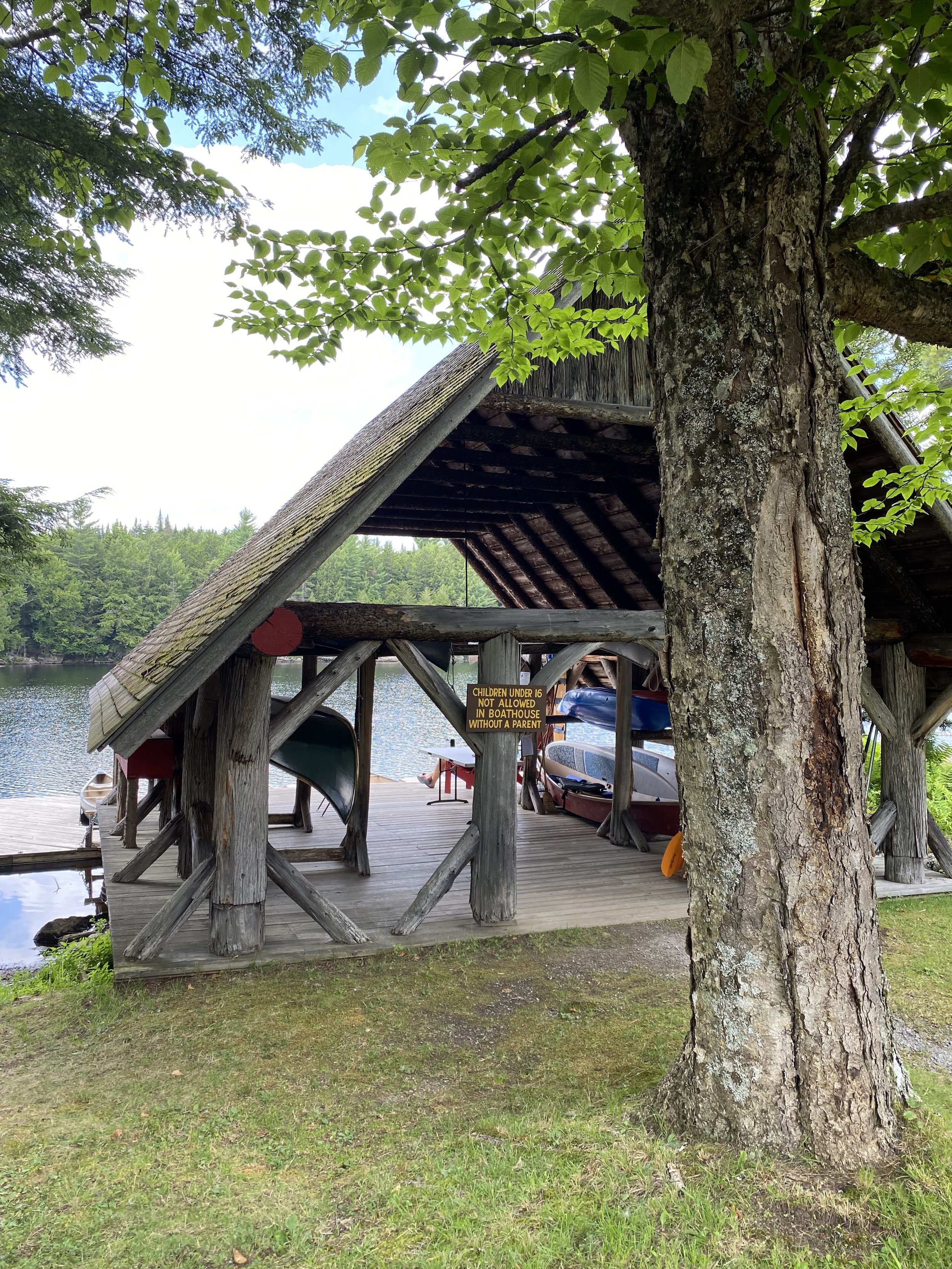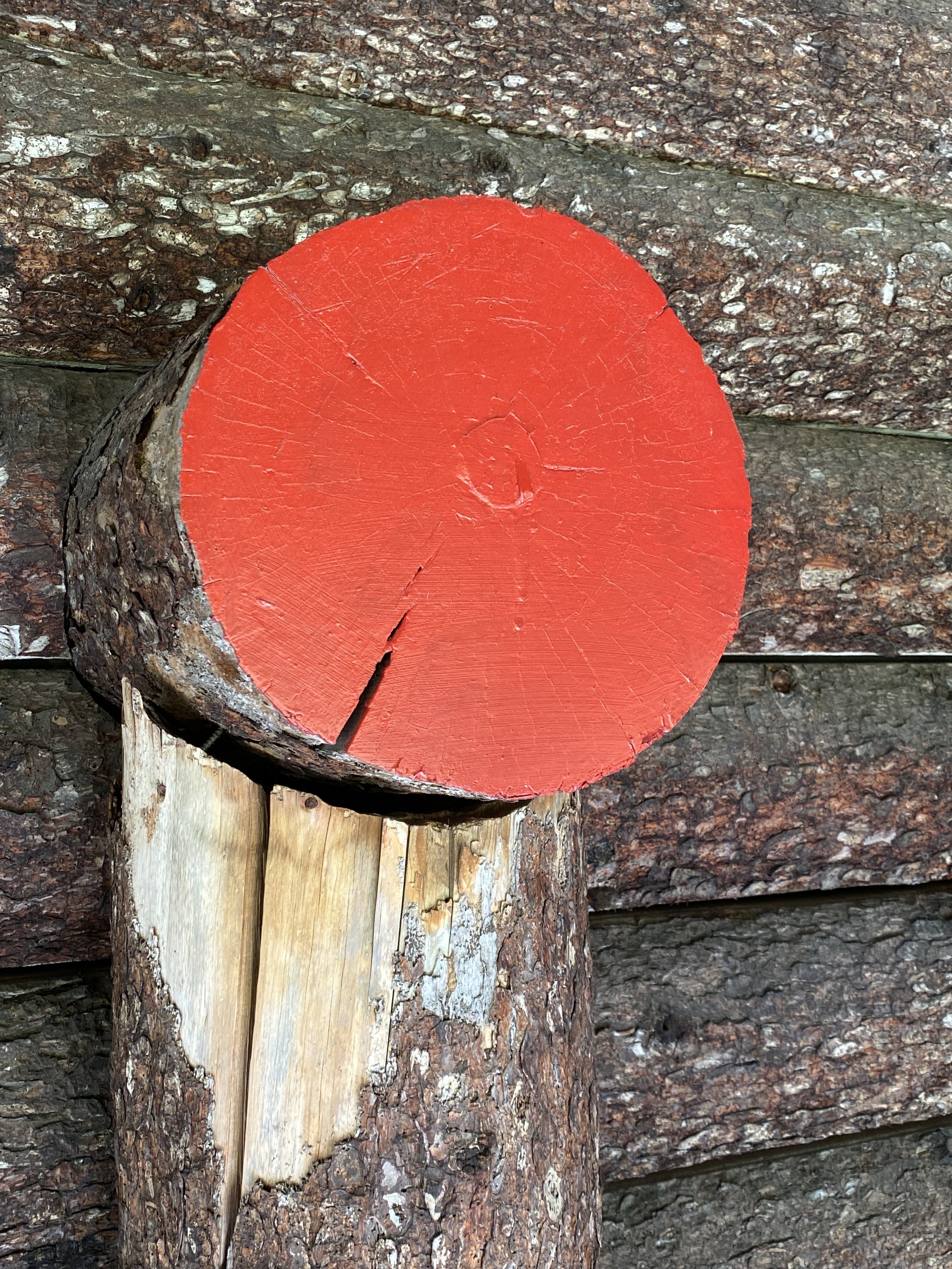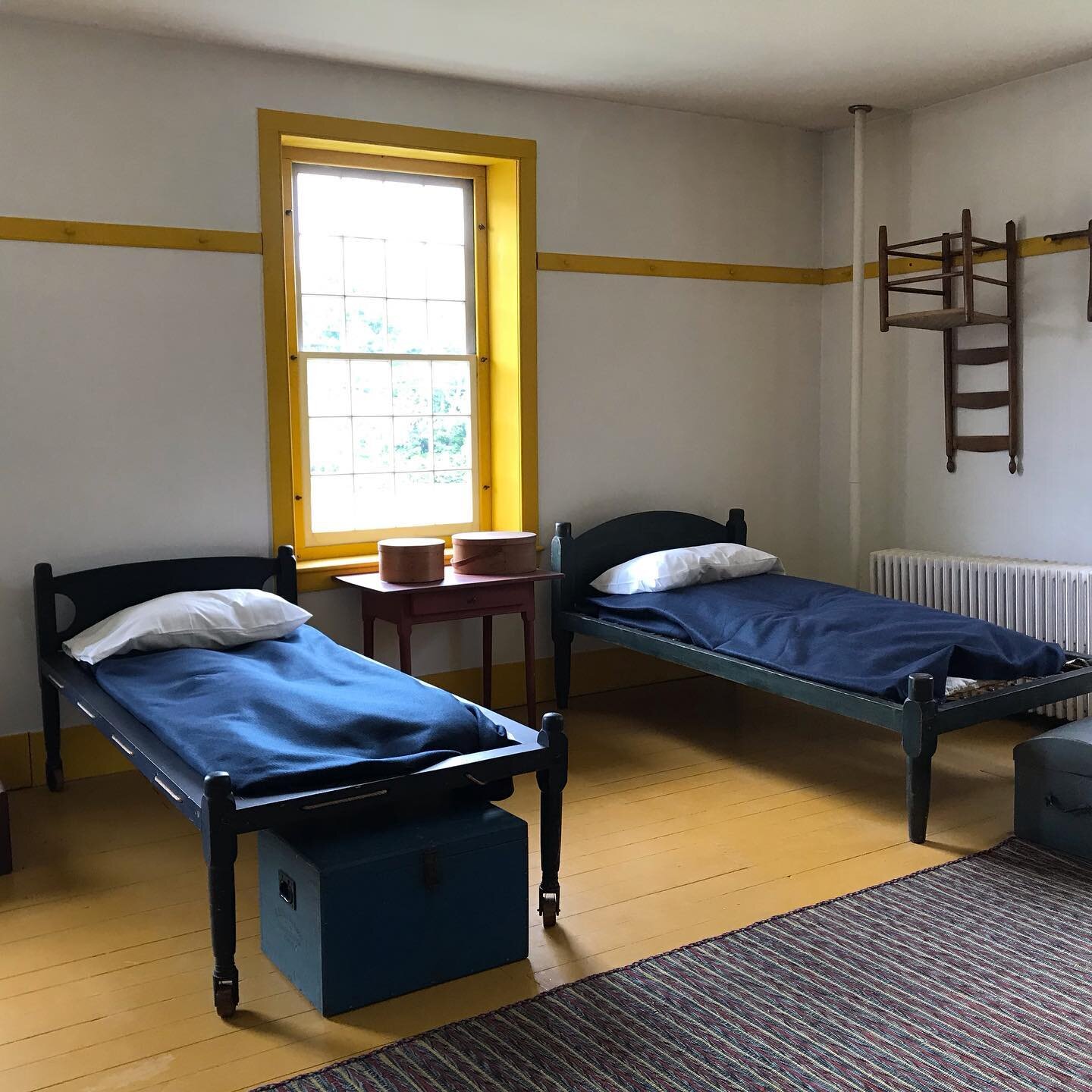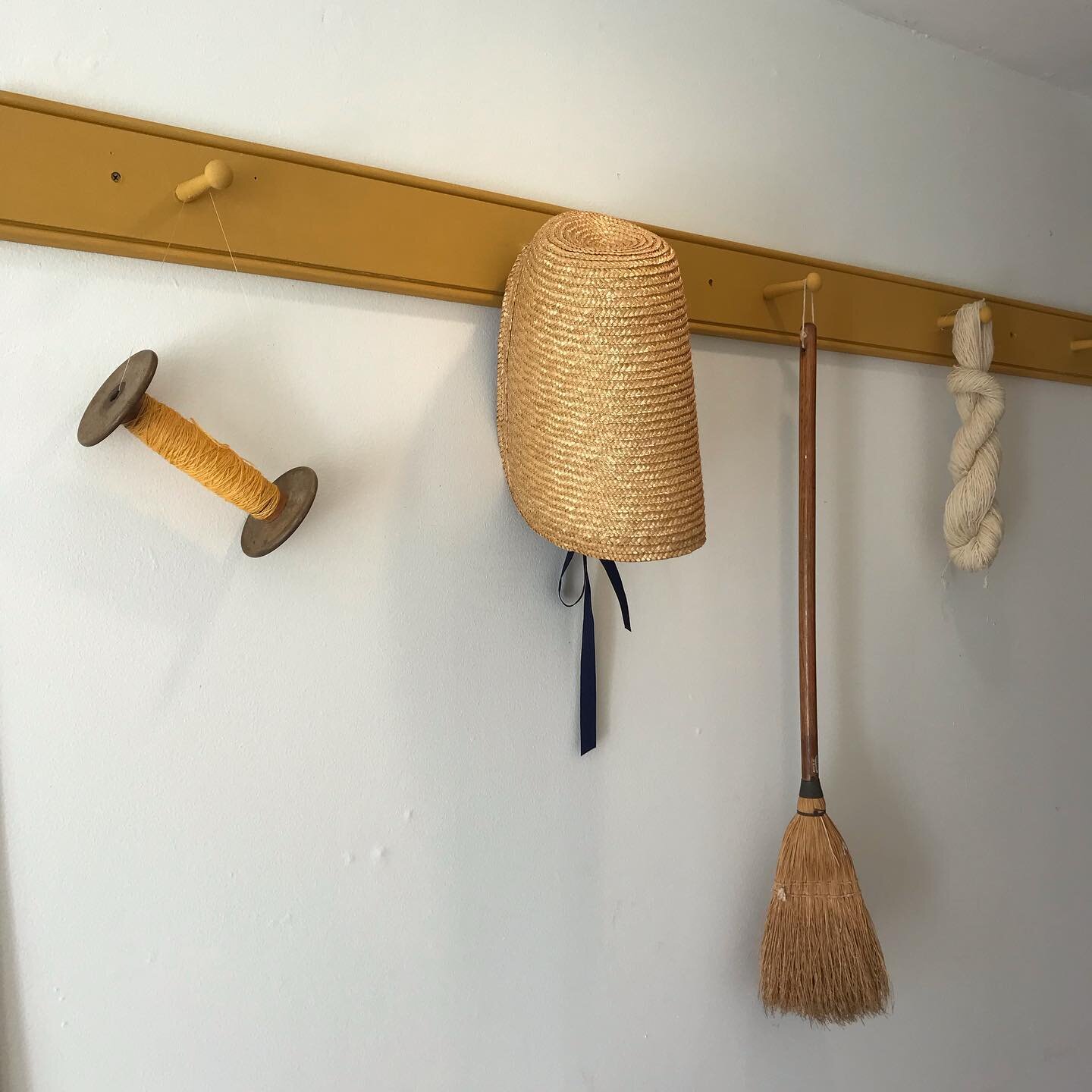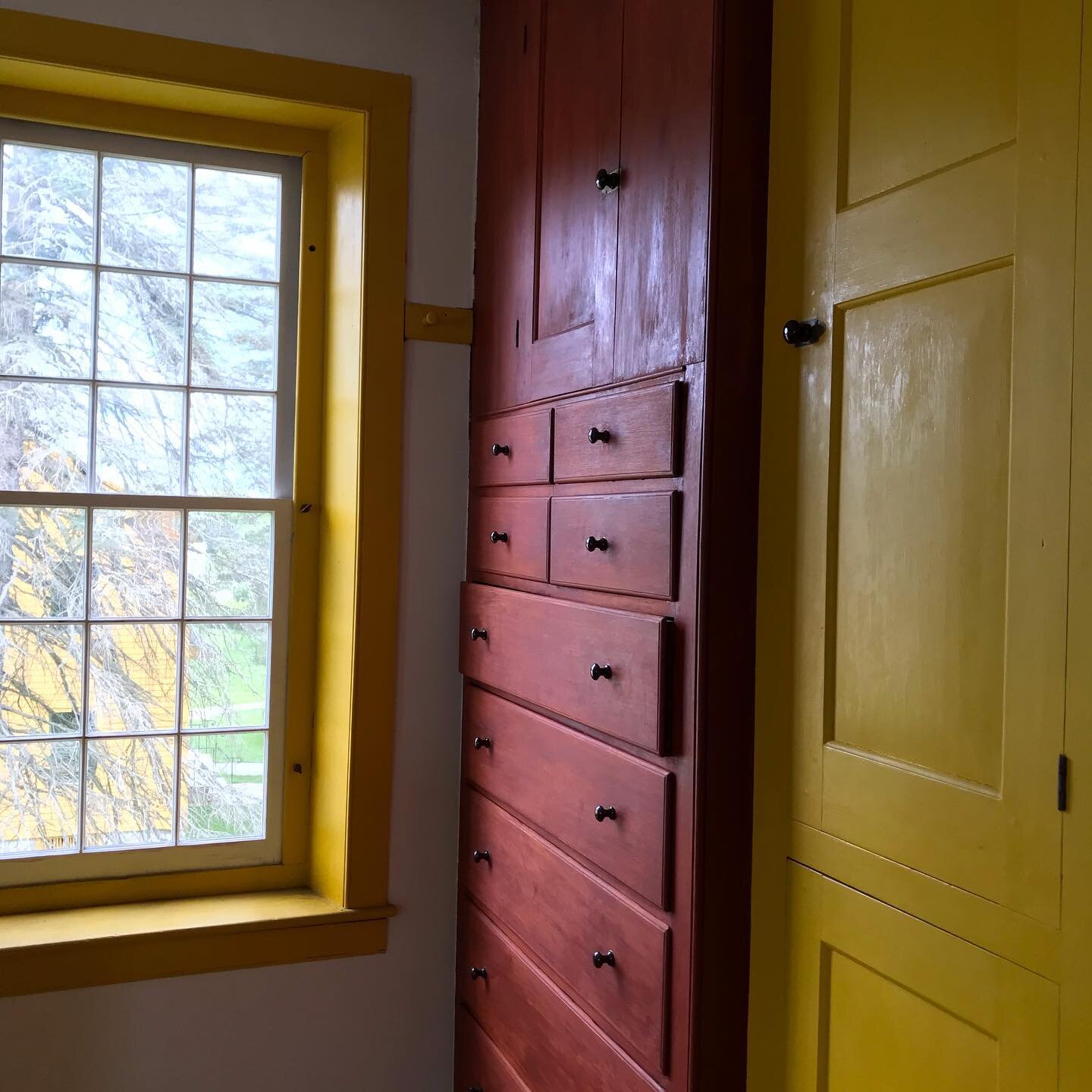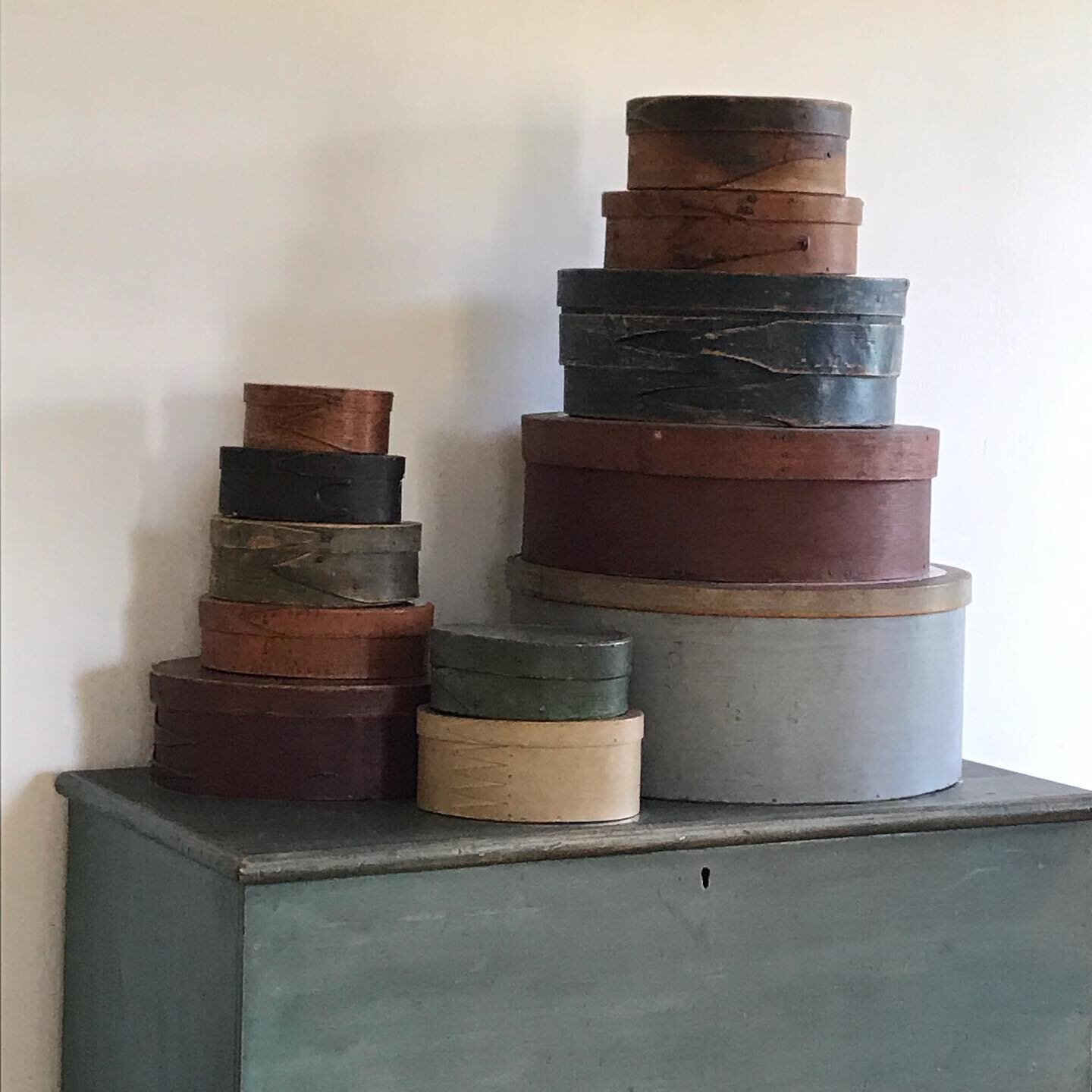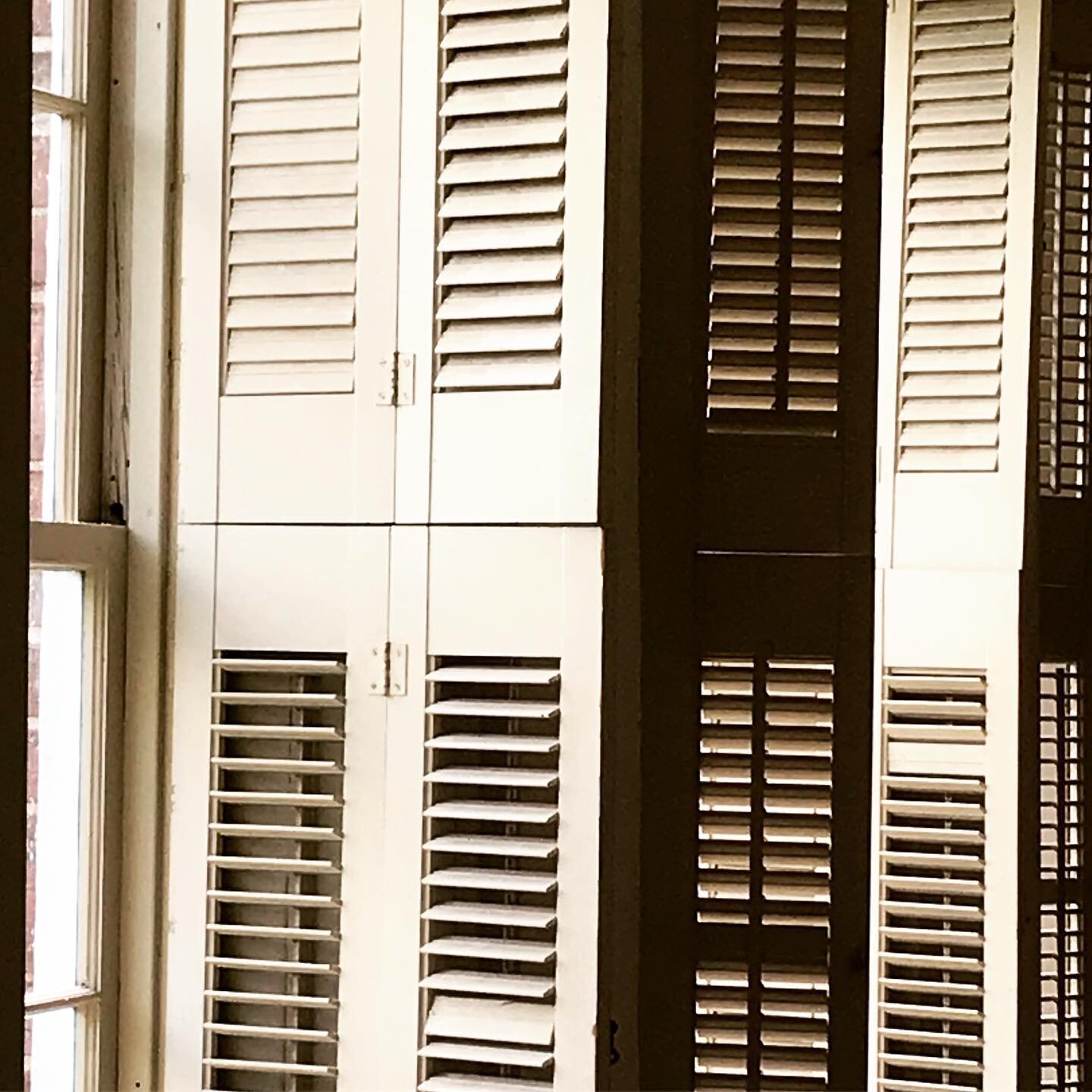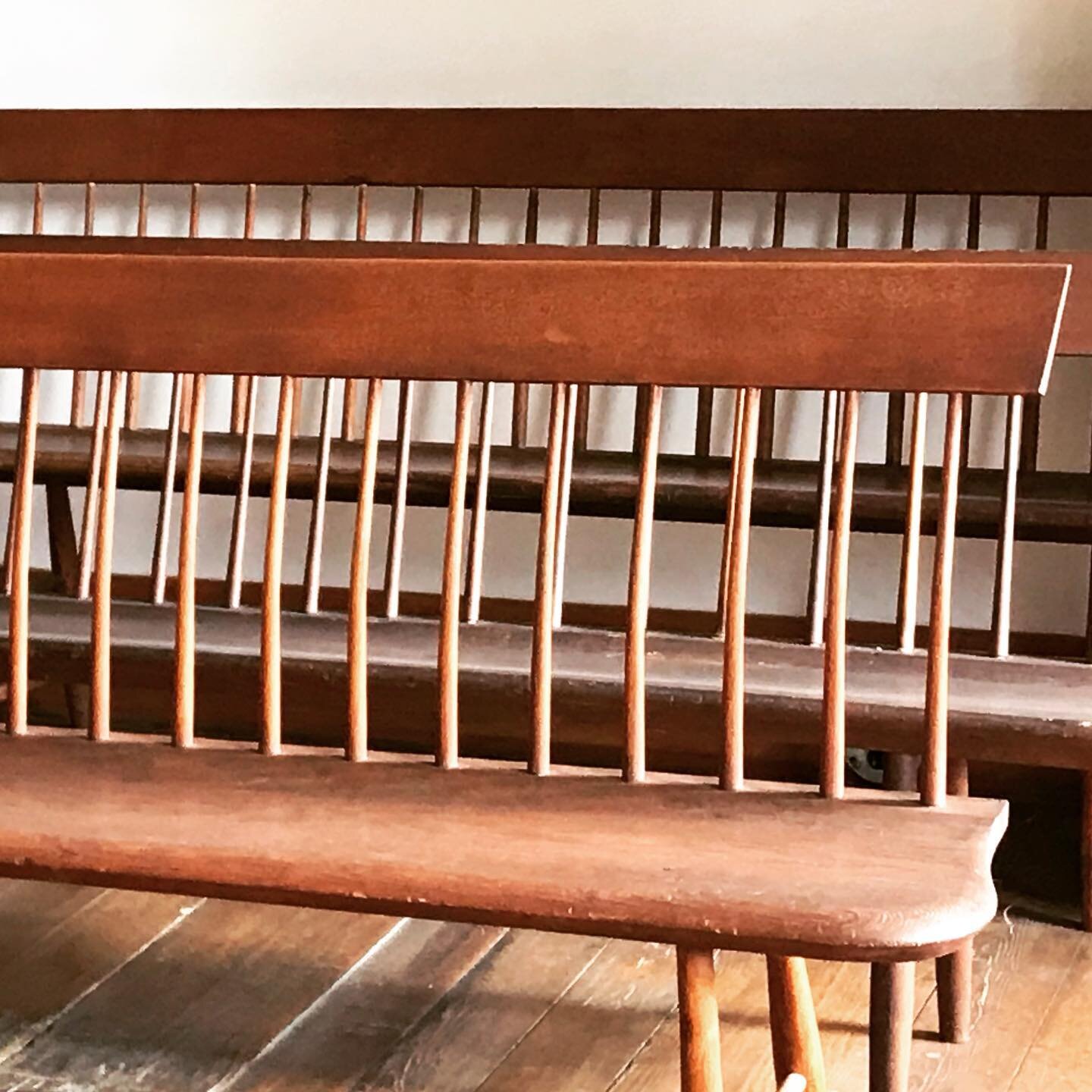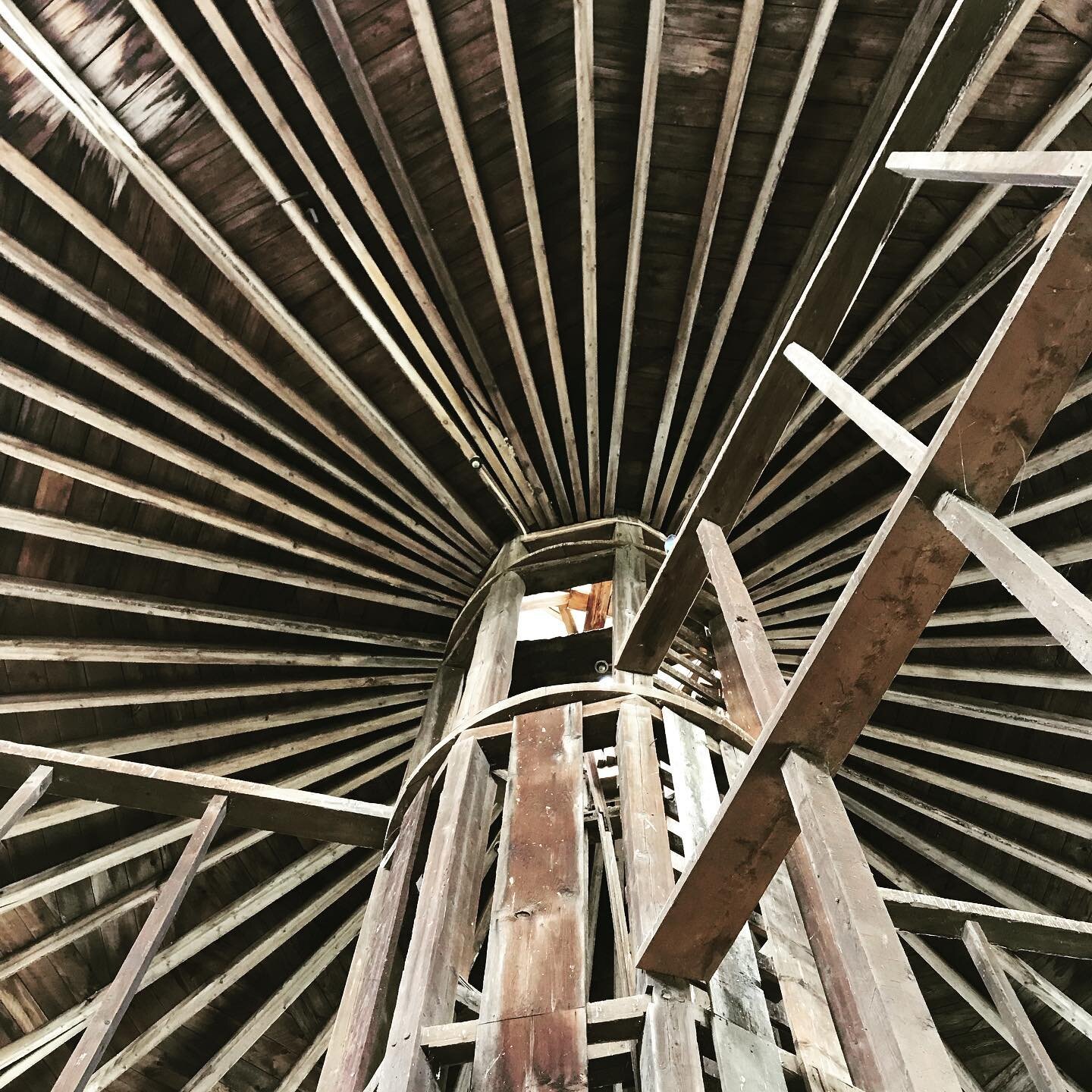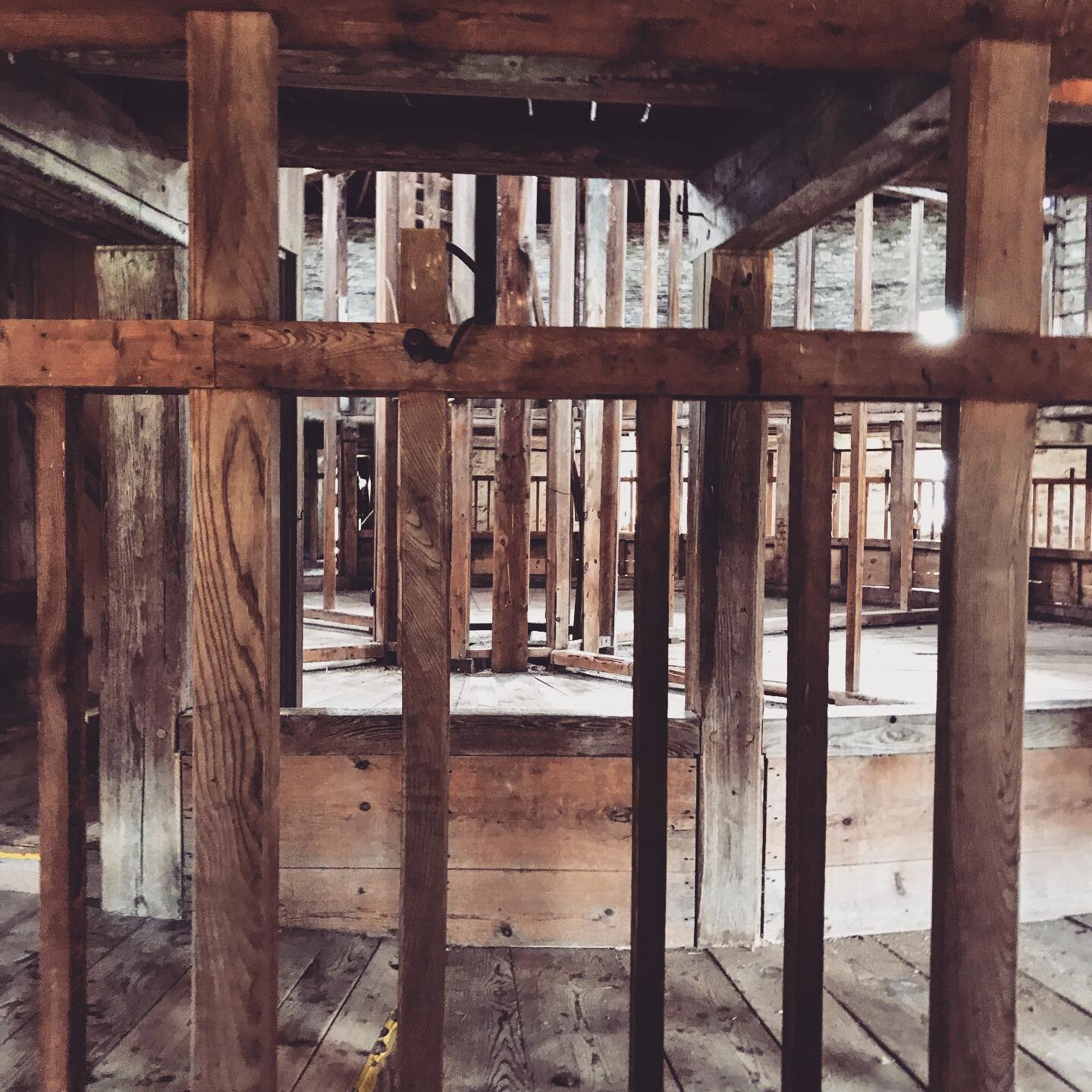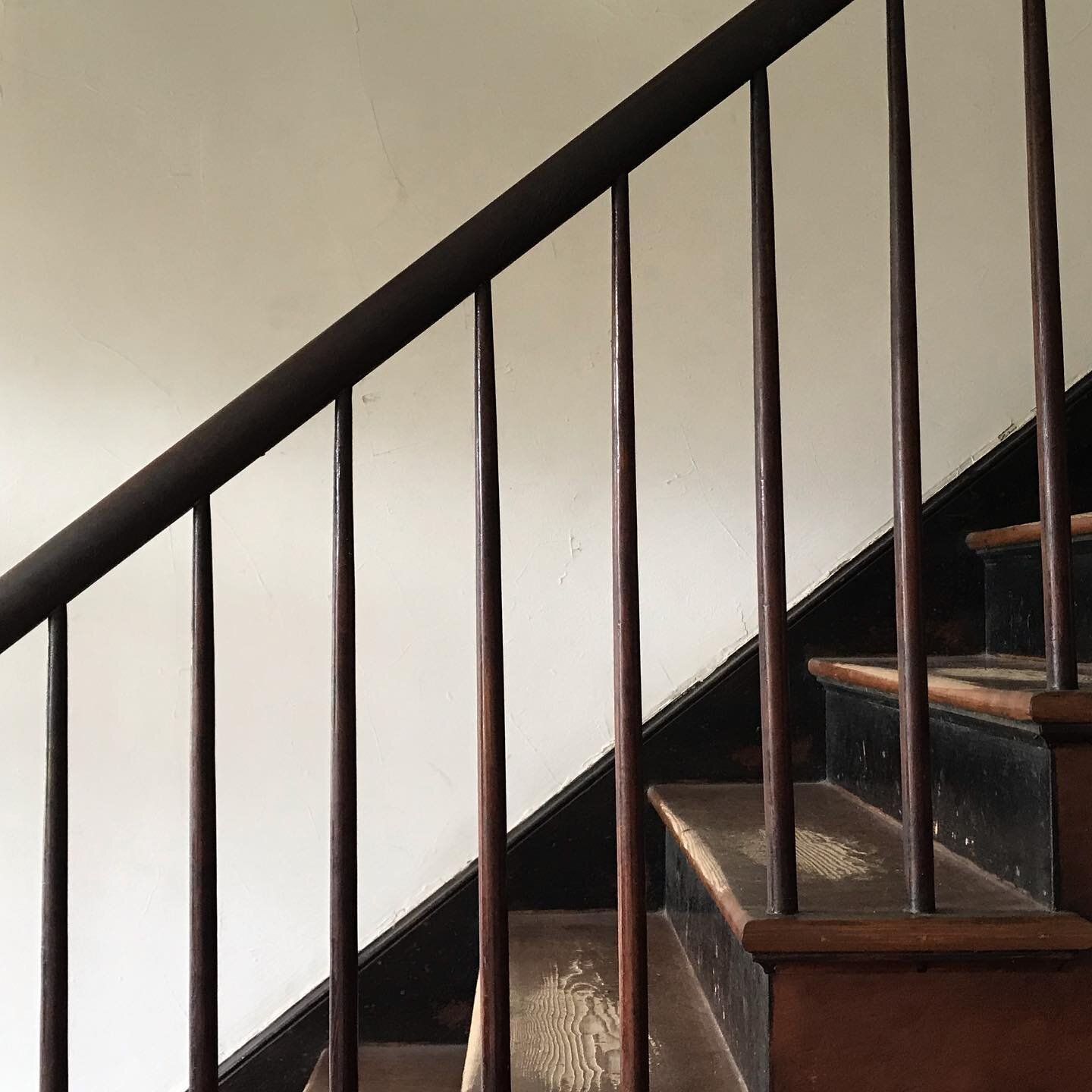By Tala Klinck
In the Spring of 2020, when were all trudging through the thick fog of the Pandemic, I was asked to provide some thoughts about “The Future of Home” for a piece to be featured on Forbes.com. Below is my response. The resulting article, featuring many of my comments is also linked below.
On Multigenerational living:
Multiple generation living together has been the norm in many countries for quite some time and its becoming far more common in the United States. Increasing costs of housing and childcare make grandparents moving in with their children’s families an attractive option for everyone involved. Furthermore, where kids used to flee the nest permanently when they left for college more young adults are now moving back in with their parents throughout and after college as they get their feet under them career-wise. These trends are of course having an impact on residential design. Separate apartments called “accessory units, “which include a kitchen or kitchenette in addition to a bathroom and sleeping area, are becoming very desirable in both the suburban and urban areas. While historically zoning laws have limited the addition of an accessory unit to a property, we are now seeing a loosening of these regulations and an acknowledgement that multiple generations living together can enrich both families and communities. In suburban areas these units are often additions to single family houses. In urban areas these are often small apartments carved out of a larger condo with a separate entrance.
Additionally, incorporating an accessory unit into a property can be an attractive option regardless of family circumstances. Airbnb and other online rental services have facilitated short term rentals of apartments, suites and guesthouses. One can imagine adding an accessory unit to a house as an in-law suite that later might be inhabited by a child home from college and then rented out when unused by the family. Theses spaces can provide a lot of financial and spatial flexibility and incorporating a rental space into a property can add a lot of value for homeowners.
Communal vs Private Space:
Multiple generations living under the same roof also highlights both the joy of larger, open spaces where the entire family can congregate and the need for smaller private spaces all under the same roof. While open “great rooms” have been the focus of residential design over the past 20 or so years, I think we are now all starting to appreciate how these communal spaces need to be balanced by more intimate spaces. These might be private rooms or even nooks and crannies spread throughout the home - places where family members can find some visual and acoustic privacy.
Furthermore, I think we are also seeing a move away from large homes with lots of spaces that sit empty when unused towards smaller homes with spaces that are more flexible. I have heard from several people throughout the COVID-19 pandemic that the dining table is becoming recognized as the center of the action not just for eating, but also for working, playing games and making crafts. The flexibility to use a large table for multiple activities negates each activity requiring its own space. Instead, you have a flexible space which is ideally paired with adjacent, well designed storage that can hold the materials specific to each task. For example, the laptop and learning materials get put away (and maybe charged) when the table is set for dinner.
I can see this play between communal vs private and specific vs flexible spaces influencing the design of public housing and housing for the younger generation. I would love to see the square footage ( and therefore cost) of private units reduced while residents are given access to shared, larger spaces such as courtyards, gyms, work spaces and even large living and dining rooms than can be reserved for entertaining and larger gatherings. Basically, a rethinking of what spaces are best maintained as private vs which spaces can be communal or shared and which spaces really need to be assigned a specific use vs designed to transform with the user.
On technology:
Technology has really encouraged a practice of “work from anywhere.” More and more people are working from home and working from anywhere in the home. You don’t really need an office per se – you might need a docking station and then move around the home while you work depending on whether you want to work behind a closed door, in the center of the action, or near your favorite window as the light streams in for just a few hours. On one hand I could argue that the “home office” is thus a thing of the past, but ultimately this is personal and depends heavily on one’s profession. Regardless, I think just as open offices have started to include private spaces I think this same need is found when working from home – you might not always work behind a closed door, but you want the option of visual and acoustic privacy periodically.
On renovations and repurposing:
There is a very sustainable trend in fashion right now that I hope makes its way to interior design and architecture – and that is the value of the second hand. Recycling and re-using helps preserve natural resources and gives new life to existing stuff. The last 10 years were about sustainable materials and I hope that the next 10 years are about conserving materials by minimizing and reusing them. An addition and/ or renovation is often more sustainable than a new home and makes a lot of sense when the existing building has historical value and/or good “bones.” In addition, just as “thrifting” is both environmentally friendly and fun, I think that repurposing furniture, household items or even entire buildings can become evidence of ones adventure and personal curation in a way that buying new (and generic) just can’t replicate.
Summary:
In summary, the definition of a “single family home” is changing as is its lifecycle. Its becoming less of a stagnant space that houses only the nuclear family and one that changes by hour, day, day and even decade. Ultimately, I think that the large, cookie cutter house with rooms that sit empty is going to be a thing of the past and replaced by an architecture and interior design that focuses on how less space can simultaneously do more and become more personal.
More insights: Home on the (Long) Range



